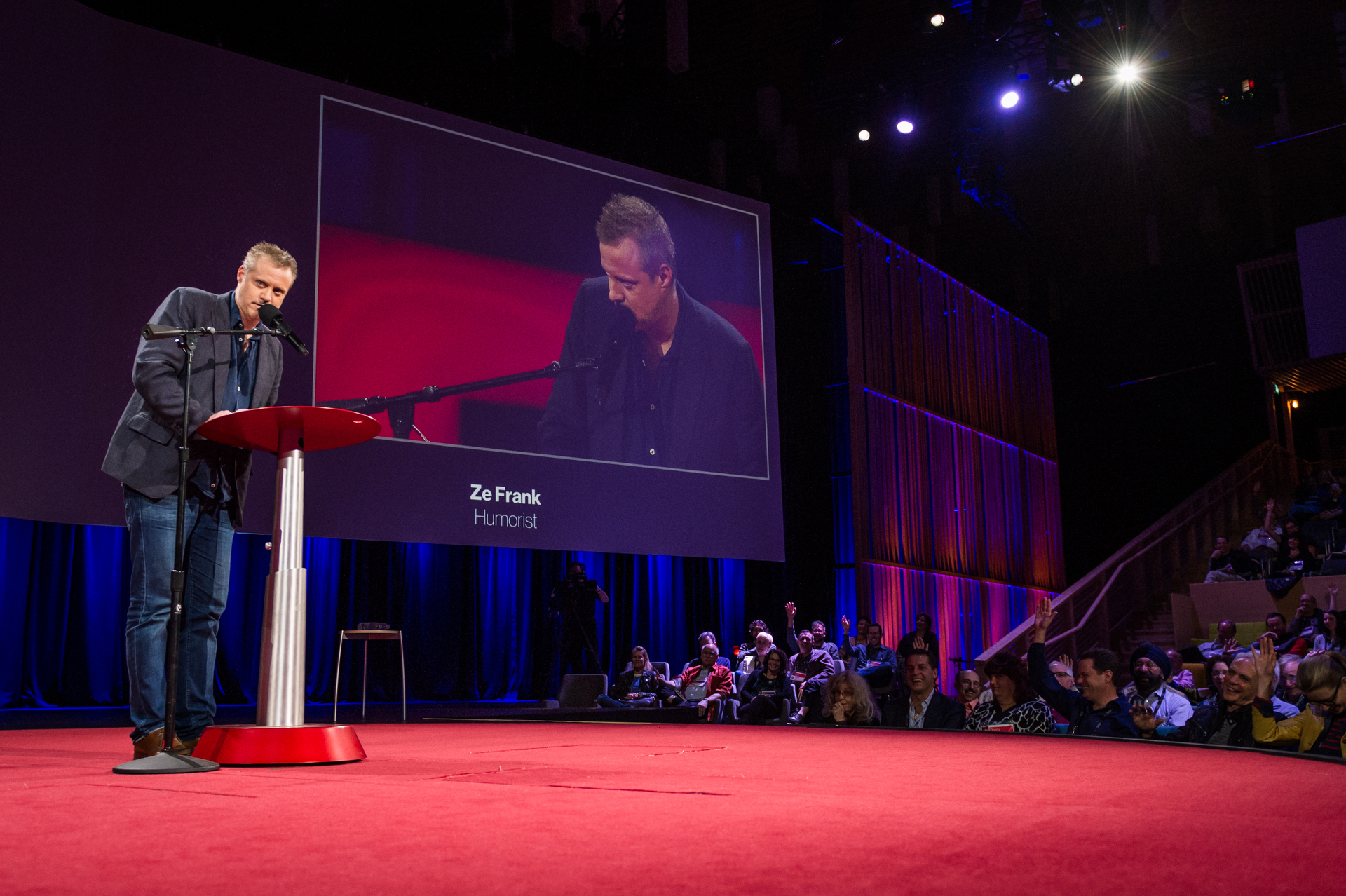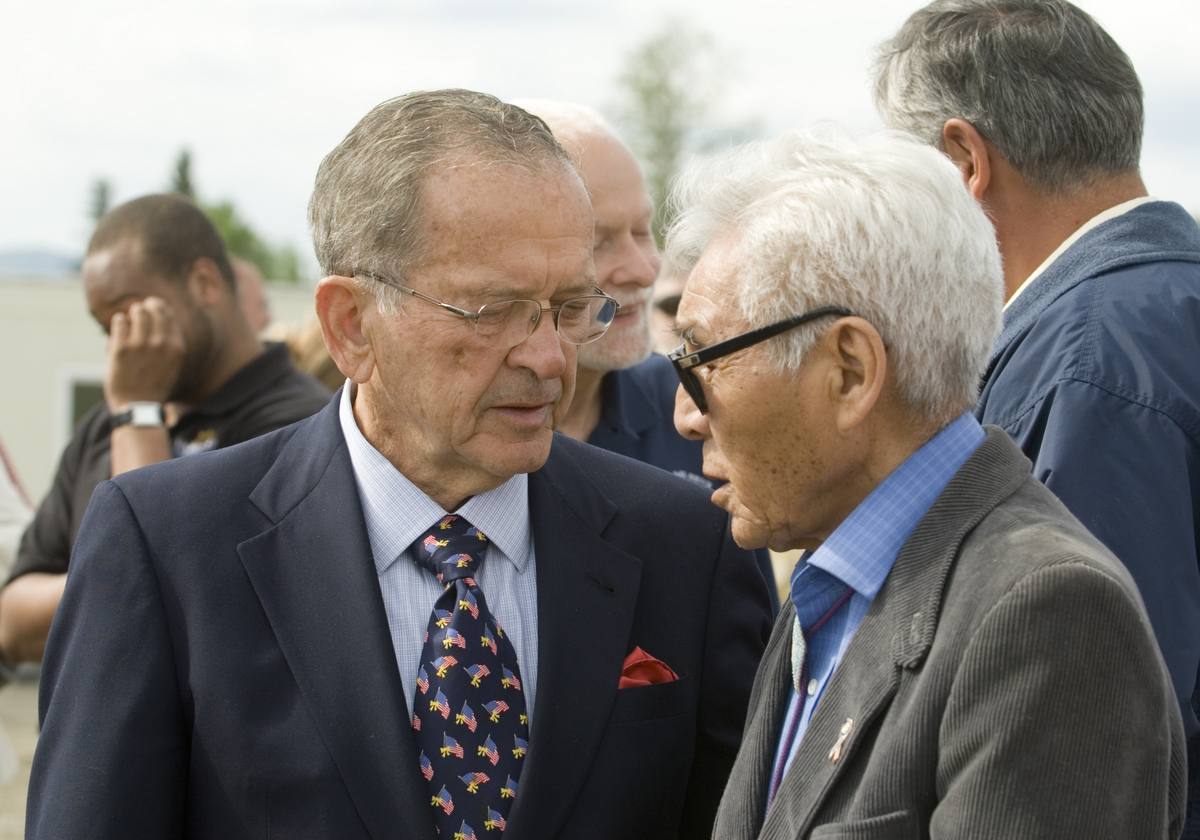Unveiling Ted: From Critical Health Insights To Transformative Ideas
The term "Ted" might initially bring to mind a variety of associations, depending on your background and interests. For some, it evokes images of groundbreaking presentations and innovative ideas shared on a global stage. For others, it carries a more serious, clinical connotation, referring to a significant medical condition that affects countless individuals. This duality highlights the fascinating complexity of language and how a single word can encompass vastly different, yet equally impactful, realms of human experience.
In this comprehensive article, we delve into the multifaceted world of "Ted," exploring its prominent meanings as both a renowned platform for knowledge dissemination and a crucial medical diagnosis. We will navigate through the intricate details of Thyroid Eye Disease (TED), a condition with profound implications for vision and quality of life, while also celebrating the enduring legacy of TED Talks, which continue to inspire and educate millions worldwide. Join us as we uncover the depths of "Ted," revealing its diverse significance and its profound influence on our health, understanding, and personal growth.
Table of Contents
- Layladeline Leaks
- %D1%83%D0%BA%D1%80%D1%83%D0%BA%D1%80%D0%B0%D1%97%D0%BD%D1%81%D1%8C%D0%BA%D0%B0 %D0%BF%D1%80%D0%B0%D0%B2%D0%B4%D0%B0
- Sharon Osbourne Sharon Osbourne
- Arete Hemp
- Sean Chiplock
- Understanding Ted: A Multifaceted Journey
- The Medical Realm: Unraveling Thyroid Eye Disease (TED)
- The World of Ideas: Exploring TED Talks
- Bridging the Diverse Meanings of Ted
- Conclusion: The Power of Ted in Its Many Forms
Understanding Ted: A Multifaceted Journey
The word "Ted" might appear simple, but its significance spans across incredibly diverse fields, touching upon health, technology, education, and design. This article aims to clarify these distinct meanings, offering a comprehensive look at what "Ted" represents in its various contexts. Whether you're seeking information about a critical health condition or exploring a world-renowned platform for innovative ideas, understanding the nuances of "Ted" is key. We will explore both the medical condition, Thyroid Eye Disease, and the influential conference series, TED Talks, demonstrating how a single term can carry such profound and varied weight.The Medical Realm: Unraveling Thyroid Eye Disease (TED)
In the medical community, "TED" is a widely recognized acronym for Thyroid Eye Disease, also known as Graves' Ophthalmopathy. This autoimmune condition primarily affects the eyes and surrounding tissues, often occurring in individuals with an overactive thyroid gland (hyperthyroidism), particularly Graves' disease. Understanding this medical "Ted" is crucial for early diagnosis and effective management, as it can significantly impact a patient's vision and quality of life.What is Thyroid Eye Disease (TED)?
**Ted is the most common cause of both orbital disease and exophthalmos (external protrusion of the eyeball from the socket) in North America and Europe.** This condition arises when the body's immune system mistakenly attacks the tissues around the eyes, including the muscles that move the eyeball and the fatty tissue within the eye socket. This immune response leads to inflammation and swelling, which can push the eyeballs forward, causing the characteristic bulging appearance known as exophthalmos. Beyond the cosmetic changes, the inflammation can lead to a range of uncomfortable and potentially serious symptoms. The severity of TED can vary widely among individuals. Some may experience mild irritation, while others face debilitating symptoms that affect their daily lives. The condition often progresses through distinct phases: an active inflammatory stage and a quiescent (inactive) stage. Recognizing these stages is vital for determining the appropriate course of action.Diagnosing and Assessing TED Activity
When **Ted is suspected, one must determine disease activity and severity in order to assess the urgency of treatment.** Early and accurate diagnosis is paramount to prevent irreversible damage. Clinicians typically evaluate several factors to assess the activity level of TED, looking for signs of active inflammation. These signs can include: * Redness and swelling of the eyelids and conjunctiva (the membrane lining the eyelids and covering the white part of the eye). * Pain or discomfort in the eyes, especially with eye movement. * Increased tearing or dryness. * Sensitivity to light (photophobia). * Double vision (diplopia). * Decreased vision. The assessment helps differentiate between the **active or quiescent (figure 6)** stages of the disease. **In the active stage, there is active inflammation, which can lead to orbital** tissue expansion, muscle thickening, and potential compression of the optic nerve. This active phase is when the most significant damage can occur, making timely intervention critical. Conversely, the quiescent stage is characterized by a reduction or absence of active inflammation, though structural changes from the active phase may persist.The Impact of TED on Ocular Muscles
One of the most significant and challenging aspects of TED is its effect on the extraocular muscles, which control eye movement. **Ted affects extraocular muscles in a predictable manner [39].** The inflammation and subsequent fibrosis (scarring) of these muscles can restrict their movement, leading to misalignment of the eyes and double vision. This can severely impair a person's ability to perform everyday tasks like reading, driving, or even walking without discomfort. Specifically, **the inferior rectus and medial rectus are most commonly involved.** The inferior rectus muscle is responsible for moving the eye downwards, while the medial rectus muscle moves the eye inwards towards the nose. When these muscles are affected, it **presents as hypotropia and/or esotropia.** * **Hypotropia** refers to a condition where one eye turns downwards relative to the other. * **Esotropia** is a condition where one eye turns inwards towards the nose, often referred to as "crossed eyes." These muscular impairments not only cause visual disturbances but can also lead to significant distress and impact a patient's quality of life. Understanding which muscles are affected helps guide treatment strategies, including prism glasses, botulinum toxin injections, or in some cases, corrective surgery.Treatment Strategies for TED
**Treatment for ted should start at** the earliest appropriate stage, guided by the assessment of disease activity and severity. The primary goals of treatment are to reduce inflammation, protect the optic nerve, improve vision, and alleviate symptoms. Given the YMYL (Your Money or Your Life) nature of health conditions, particularly those affecting vision, seeking expert medical advice is paramount. Treatment approaches for TED are highly individualized and depend on the stage and severity of the disease. They can include: * **Supportive Care:** Lubricating eye drops to relieve dryness, cool compresses to reduce swelling, and prism glasses for double vision. * **Medical Therapy:** * **Corticosteroids:** Often the first line of treatment for active inflammation, administered orally or intravenously. * **Immunosuppressants:** Medications that modulate the immune system, used in more severe or resistant cases. * **Targeted Biologics:** Newer therapies, such as teprotumumab, specifically designed to target the underlying inflammatory pathways of TED, showing significant promise in reducing proptosis and improving symptoms in the active phase. * **Radiation Therapy:** Low-dose radiation to the eye sockets can help reduce inflammation and swelling in certain cases. * **Surgical Interventions:** * **Orbital Decompression Surgery:** To create more space within the eye socket, relieving pressure on the optic nerve and reducing exophthalmos. This is often considered for severe cases or when vision is threatened. * **Strabismus Surgery:** To correct eye misalignment and double vision by adjusting the length or position of the affected eye muscles. * **Eyelid Surgery:** To correct eyelid retraction or other eyelid abnormalities that can occur as a result of TED. The management of TED requires a multidisciplinary approach, often involving endocrinologists, ophthalmologists (especially neuro-ophthalmologists or oculoplastic surgeons), and sometimes radiation oncologists. Regular monitoring is essential to track disease progression and adjust treatment as needed.The World of Ideas: Exploring TED Talks
Shifting gears entirely, "TED" also stands for Technology, Entertainment, and Design – the core subjects of the world-renowned TED Conferences. This "Ted" is a global phenomenon, a private non-profit organization dedicated to "Ideas Worth Spreading." It has transformed how knowledge is shared and consumed, making complex topics accessible and inspiring millions through short, powerful talks.The Genesis and Philosophy of TED
**TED (Technology, Entertainment, Design in English) is an American private non-profit organization, known for its organized TED Conferences.** Founded in 1984 as a conference where Technology, Entertainment, and Design converged, it has since broadened its scope to include almost all topics — from science to business to global issues — in more than 100 languages. **The purpose of this conference is "Ideas Worth Spreading."** This simple yet profound mission has guided TED's evolution into a global platform for thought leaders, innovators, and storytellers. The philosophy behind TED is rooted in the belief that great ideas, regardless of their origin, have the power to change attitudes, lives, and ultimately, the world. By curating and disseminating these ideas in an engaging and accessible format, TED aims to foster a deeper understanding of the world's most pressing challenges and inspire solutions. This commitment to knowledge sharing and intellectual curiosity has made TED an indispensable resource for continuous learning and personal development.Mastering the 18-Minute Magic
One of the most distinctive features of a TED Talk is its concise format. **Though a TED Talk generally does not exceed 18 minutes, to fully understand and absorb all the content of a speech, we need to watch it at least three times, which means it will take about an hour.** This 18-minute limit is not arbitrary; it's a carefully considered duration designed to maximize engagement and retention. It's long enough to be serious and substantive, but short enough to hold an audience's attention and ensure the talk goes viral online. The brevity forces speakers to distill their complex ideas into their purest, most compelling form. This discipline in presentation encourages clarity, conciseness, and impactful storytelling. Watching a TED Talk multiple times, as suggested, allows for deeper engagement: * **First viewing:** Focus on capturing the main message and overall flow of the speech. * **Second viewing:** Pay attention to specific arguments, supporting evidence, and the speaker's delivery style. * **Third viewing:** Delve into the nuances, vocabulary, and perhaps even the emotional impact, allowing for full absorption and critical reflection. This iterative viewing process transforms passive listening into an active learning experience, reinforcing the "Ideas Worth Spreading" ethos.TED as a Powerful Tool for Language Learning
Beyond its role in intellectual discourse, **TED Talk is a very suitable resource for learning English, and it has many benefits for improving English proficiency.** The diverse range of topics, native English speakers, and high-quality transcripts make TED an invaluable tool for language learners. It offers an authentic and engaging way to immerse oneself in the language. The benefits of using TED Talks for English learning are manifold: * **Improved Listening Comprehension:** Exposure to various accents, speech paces, and natural conversational English helps train the ear. * **Enhanced Reading and Writing Skills:** Transcripts are readily available, allowing learners to read along, identify new vocabulary, and analyze sentence structures. This can then be applied to their own writing practice. * **Enriched Vocabulary:** Speakers often introduce specialized terminology or use common words in new contexts, expanding a learner's lexicon naturally. * **Cultural Insight:** Many talks touch upon cultural nuances, current events, and global perspectives, providing a broader understanding of the English-speaking world. Many resources, including speech transcripts and videos, are available for those interested in leveraging TED for language acquisition. This accessibility makes it a powerful and engaging supplement to traditional language learning methods.TED and the Global Knowledge Ecosystem
TED's influence extends far beyond its own conferences, contributing significantly to the broader global knowledge ecosystem. Its commitment to sharing "Ideas Worth Spreading" resonates with platforms that also prioritize knowledge exchange and community building. For instance, **Zhihu, a high-quality Q&A community and creator gathering original content platform in Chinese internet, officially launched in January 2011, with the brand mission of "enabling people to better share knowledge, experience, and insights, and find their own answers."** This parallel between TED and platforms like Zhihu highlights a shared vision: empowering individuals through accessible knowledge. Both serve as vital hubs where expertise, authoritativeness, and trustworthiness (E-E-A-T principles) are paramount, fostering environments where users canLets be Frank

Are you human? Ze Frank at TED2014 | TED Blog

TS w_Richard Frank - Ted Stevens Foundation